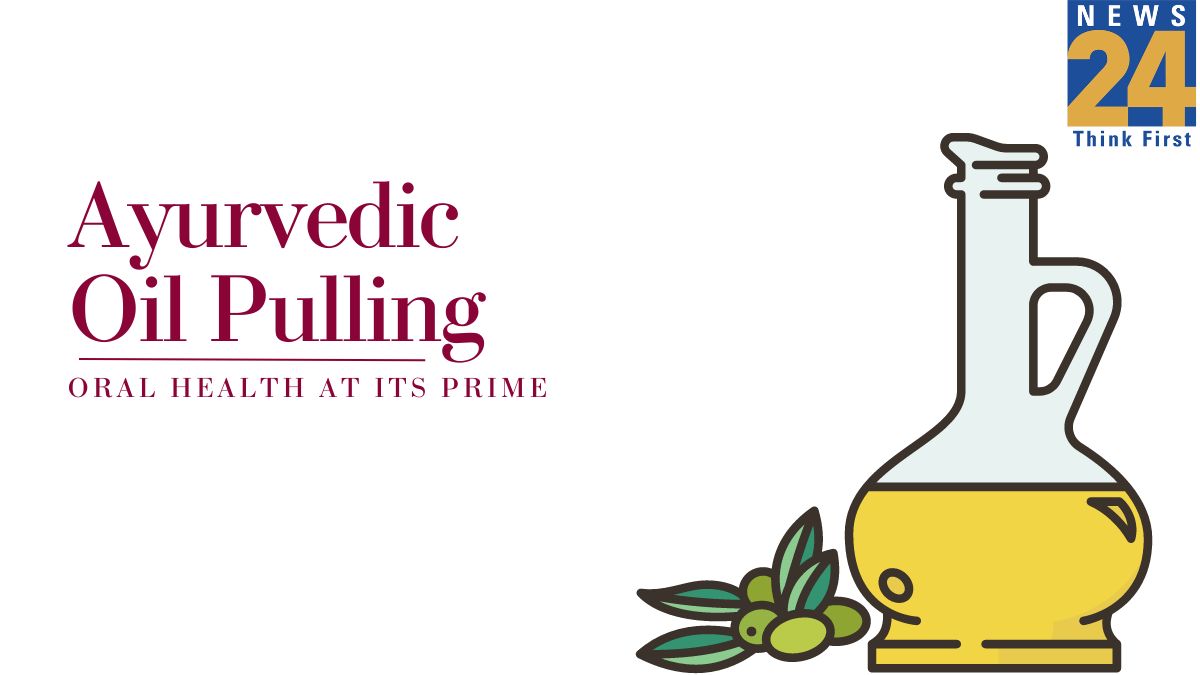As we all know Ayurveda is an ancient science rooted in Indian culture dating back to some 3000-5000 years stresses on oral health as being a significant and integral part of overall health. However, no matter how old it is, the field is recently gaining global popularity as a complementary medicine
What is Oil-Pulling?
Oil-pulling as it suggests is swishing of oil in the oral cavity, which means the mouth. It is the method of pulling the oil through the teeth and swirling it around in the gums and cheeks. This according to Ayurveda is ‘Gandusha’ and ‘Kavala’. It falls under the daily regime system to maintain oral health and hygiene. It is done for a specified time.
Oil-Pulling Methods and Their Differences
Oil-pulling according to ayurveda can be done in two ways which are named as ‘Gandusha’ and ‘Kavala’ which are more or less the same. The only difference in both methods is the amount of oil used for the process. In gandusha a huge quantity of oil is used and which needs to be kept in the mouth for just a small span of time before spitting it out.
On the other hand, kavala is the same process with a small quantity of oil being used which needs to be swished for about 15-20 minutes before spitting out. Kavala stresses on gargling with the oil before spitting out. Kavala is a procedure that can be practiced at home. However, for gandusha which has diverse methods may sometimes need to be done at ayurvedic centres under strict vigilance.
Also read What is Oil-Pulling, And Does It Actually Work?
Who Should Practice It?
Oil-pulling, however beneficial it is, is not for everyone. It should strictly be practiced after the age of 5 when a child attains a certain level of maturity. Anyone above the age of 5 who has tooth decay, bad breath and weak teeth and gums can practice it. However, people who also suffer from depression, blood pressure and under medication and people who take antihistamines can also practice gandusha.
Execution of Oil-Pulling or Gandusha
The procedure is best carried out early in the morning even before eating or drinking. 1-2 tablespoons of the desired oil is put into the mouth and swished between the teeth, gums, tongue and cheeks for around 5 minutes before spitting it out. The oil under no circumstances should be swallowed. After that the mouth should be rinsed with warm water. Then the normal brushing process is to be carried out. It should be remembered that it cannot and does not replace brushing.
Tips
As a beginner, the process should be for a shorter time. The oil should be selected carefully ensuring it is herbal and not processed. The oil should not be swallowed and the process should be vigorously carried out. Benefits cannot be noticed immediately so there is no need to be disheartened if immediate results are not observed.
Benefits
The benefits of oil-pulling may be stated as:
- Reduction in bacteria in the oral cavity
- Fresh breath
- Prevents cavities
- Healthy teeth and gums
- Whitens teeth
- Prevents plaque
- Healthy sinuses and reduces mibrobial load
- Improves gingivitis
- Detoxification of the inner organs and tongue
- Prevents diseases and supports overall health
- Cuts down on the doshas in the neck, head and mind
Oils to Be Used
The best oils that can be used are sesame, coconut, olive, sunflower, ghee and traditional swishing oils available in the market.
Other Daily Rituals
When there is talk about the daily routine prescribed by ayurveda, one can follow the same:
- Wake up early
- Thorough cleaning both externally and internally
- Doing exercises like yoga and meditation
- Practicing abhyanga
- Take breakfast at around 8:00-9:00 am and which should not be skipped
- Lunch from 12:00-1:00 pm followed by a short break
- The ideal time for dinner is 6:00-7:00 pm and sleep by 10:00 pm
Conclusion
These steps and practices according to ayurveda are very simple to follow; however, this may not entirely be possible due to the hectic life schedule that everyone goes through today. If followed, it can give excellent results that may strike a perfect balance between body, mind and soul.
Also Read: Soaked Vs Dry Almonds – The Healthier Nut You’ve Been Missing Out On!













